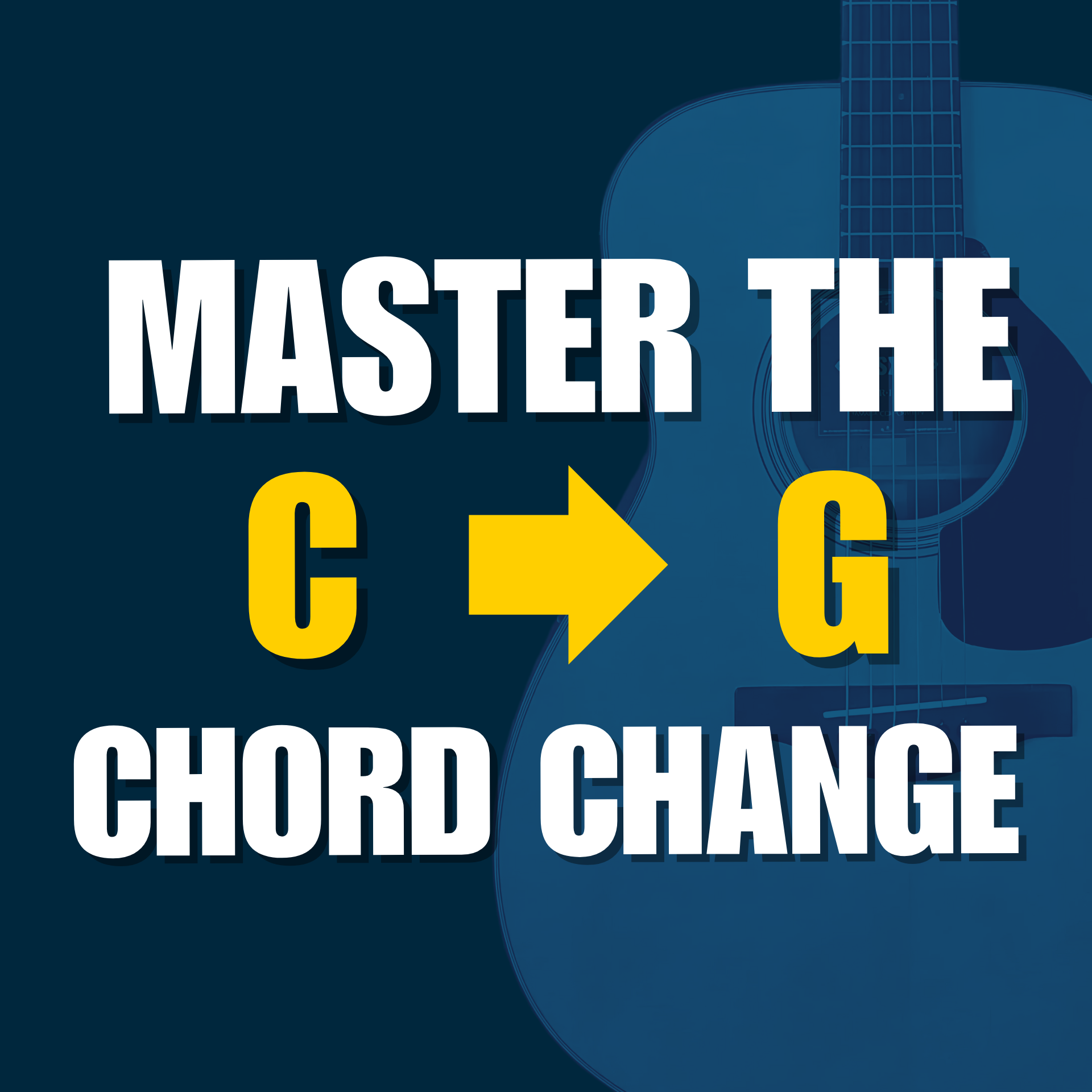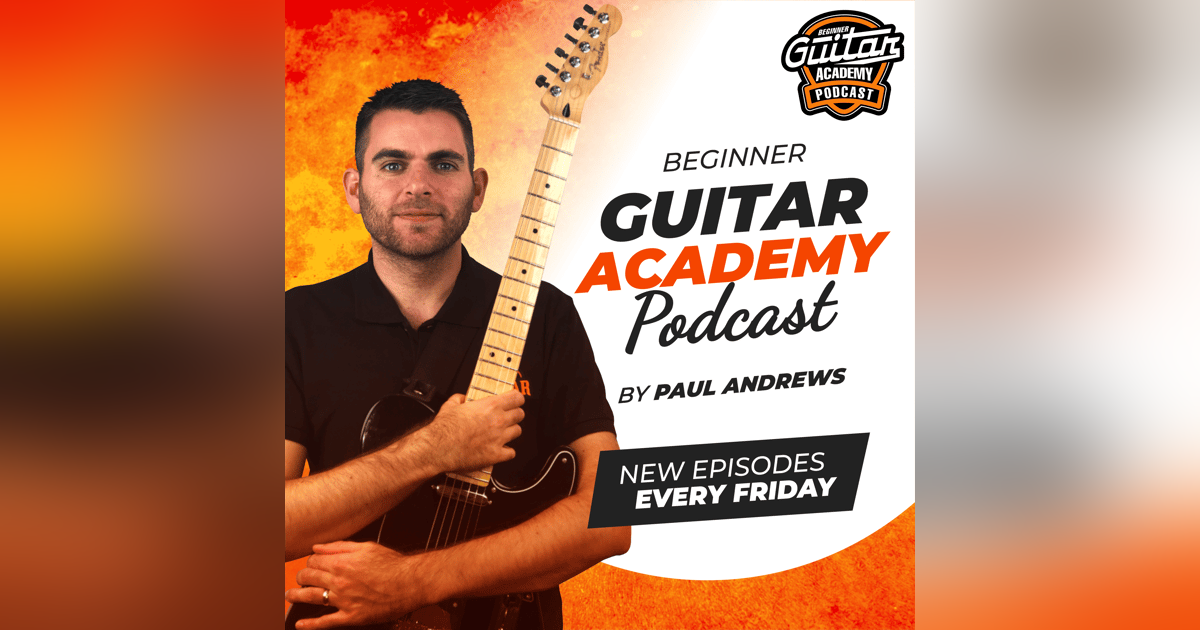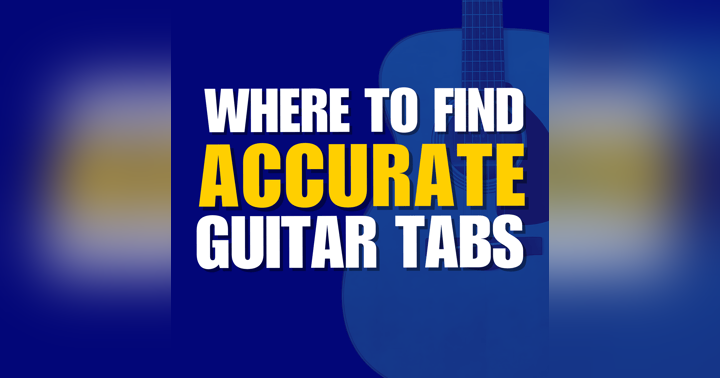Level Up Your Guitar Skills: Mastering the C to G Chord Change

Are you struggling to switch smoothly between the C and G chords? If so, you’re not alone—this iconic chord change trips up guitar beginners everywhere and can feel like a real roadblock on your musical journey. In Episode 256 of the Beginner Guitar Academy Podcast, host Paul Andrews dives deep into this essential transition, sharing why it matters, common challenges, and practical tips for mastering it (plus four songs to practice your newfound skills!).
Let’s break down the episode’s biggest takeaways so you can make faster progress, have more fun, and finally nail this must-know chord change.
Why the C-G Change Is So Important
First things first: why do you need to learn this change? Simple—it’s everywhere. From folk to pop, rock to country, the C-G transition appears in countless songs. If you want to strum along to your favorites, it’s non-negotiable. As Paul says, “You’re not going to get away with not seeing the CG change. So you’re going to have to get it under your fingers at some point.”
What Makes It So Tricky?
This particular chord shift presents a few unique challenges:
-
No Pivot Finger: Most easy changes (like E minor to A minor) let you keep one finger in place, making the transition smoother. With C to G, every finger must move.
-
Finger Repositioning: The C chord is compact; G is stretched out wide. That’s a big jump across the fretboard!
-
Muted Strings and Timing Issues: If fingers hang down or don’t land cleanly, you’ll get unwanted buzzes and mutes. Switching too slowly breaks the song’s rhythm and flow.
Tips to Speed Up Your Progress
Ready to conquer the C-G switch? Here’s how:
1. Lock in the Shapes
Don’t rush. Practice landing each chord shape independently before worrying about speed. Try Paul’s “hand on knee” exercise—lift your hand off the fretboard, place it on your knee, then reform the chord from scratch. This builds muscle memory.
2. Folded Corners
Rather than always building the chord from finger one up, practice putting fingers down in different orders and combinations. This makes your fingers more agile and helps you plant them all at once over time.
3. Minimal Movement & Target Practice
Don’t lift your fingers too far from the strings when moving between chords—keep them close to save time. Aim for the correct fret positions so you hit the mark right away.
4. Air Time
Start forming the next chord shape before you arrive at it. Shape your fingers in the air so you can land quickly and accurately.
5. Keep the Strumming Hand Moving
Paul’s “window wipers” technique is a game-changer. Think of your strumming hand as windshield wipers: it keeps moving, even if your left hand is a beat late getting to the next chord. This continuous motion covers up small timing hiccups and keeps the rhythm flowing.
6. Leave the Party Early
For quick changes, take your fingers off the chord shape just before the measure ends, strumming open strings on the last up-strum. This gives you a split-second extra to reach the next chord.
7. Track Your Progress
Use a timer for 30 seconds and count how many smooth C-G changes you can do in that window. Repeat every few days and watch your progress climb—be patient!
Put It into Practice: 4 Songs to Try
Once you’re feeling confident, test your skills with these tunes:
-
Love Me Do (The Beatles) – Mostly G and C, perfect for practice.
-
Leaving on a Jet Plane (John Denver) – Another straightforward C-G combo.
-
Hey Joe (Jimi Hendrix) – A five-chord loop, but C and G kick it off.
-
Ring of Fire (Johnny Cash) – Upbeat and a great speed challenge.
Final Thoughts
It takes time to build smooth, speedy chord changes—but if you stick with these tips and keep practicing, you’ll get there. Remember, these techniques work for any tricky chord change, not just C to G. If you need personal guidance on your journey, check out Beginner Guitar Academy for step-by-step lessons, a vibrant student community, and direct access to Paul Andrews.
Happy strumming, and may your chord changes be ever fast and smooth!
*Want more insights and resources? Head to BeginnerGuitarAcademy.com or grab Paul’s free PDF guide, “8 Simple Ways to Make Faster Progress” at 8guitartips.com.









